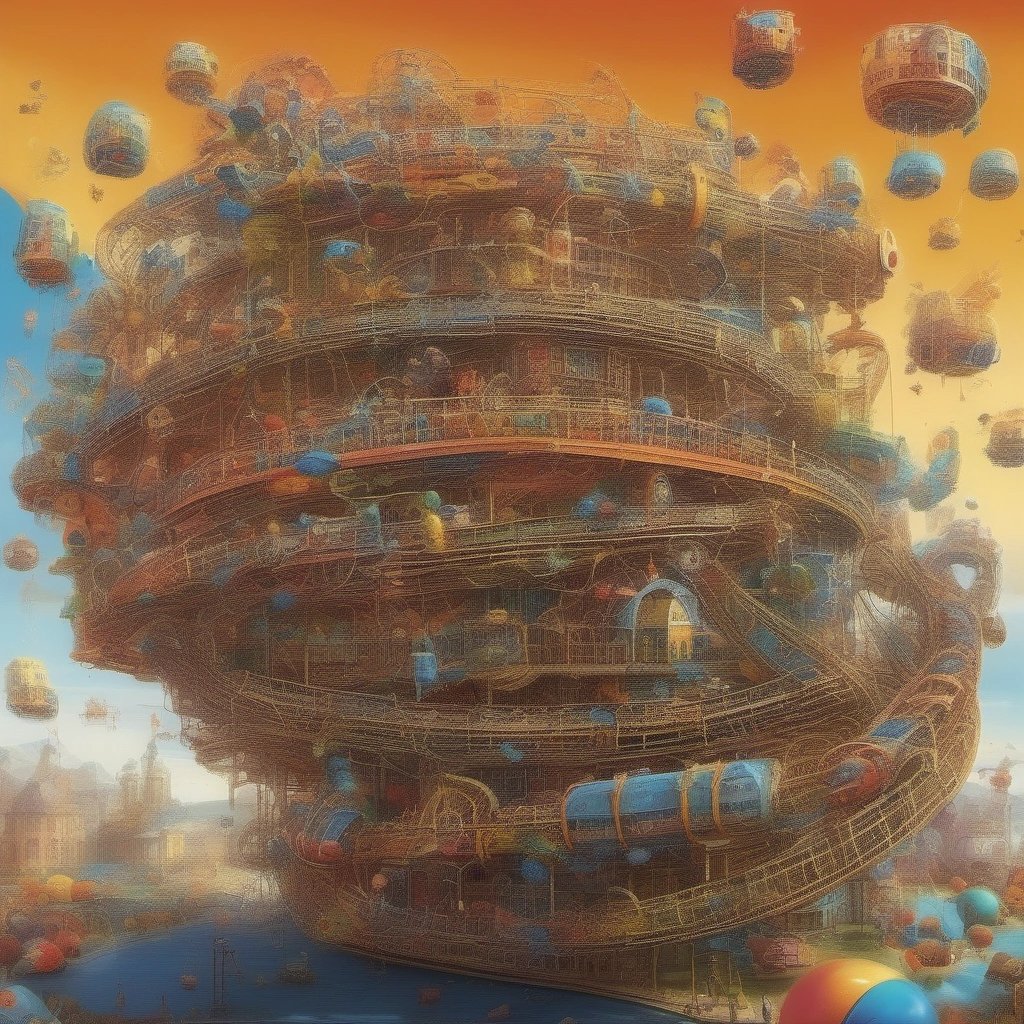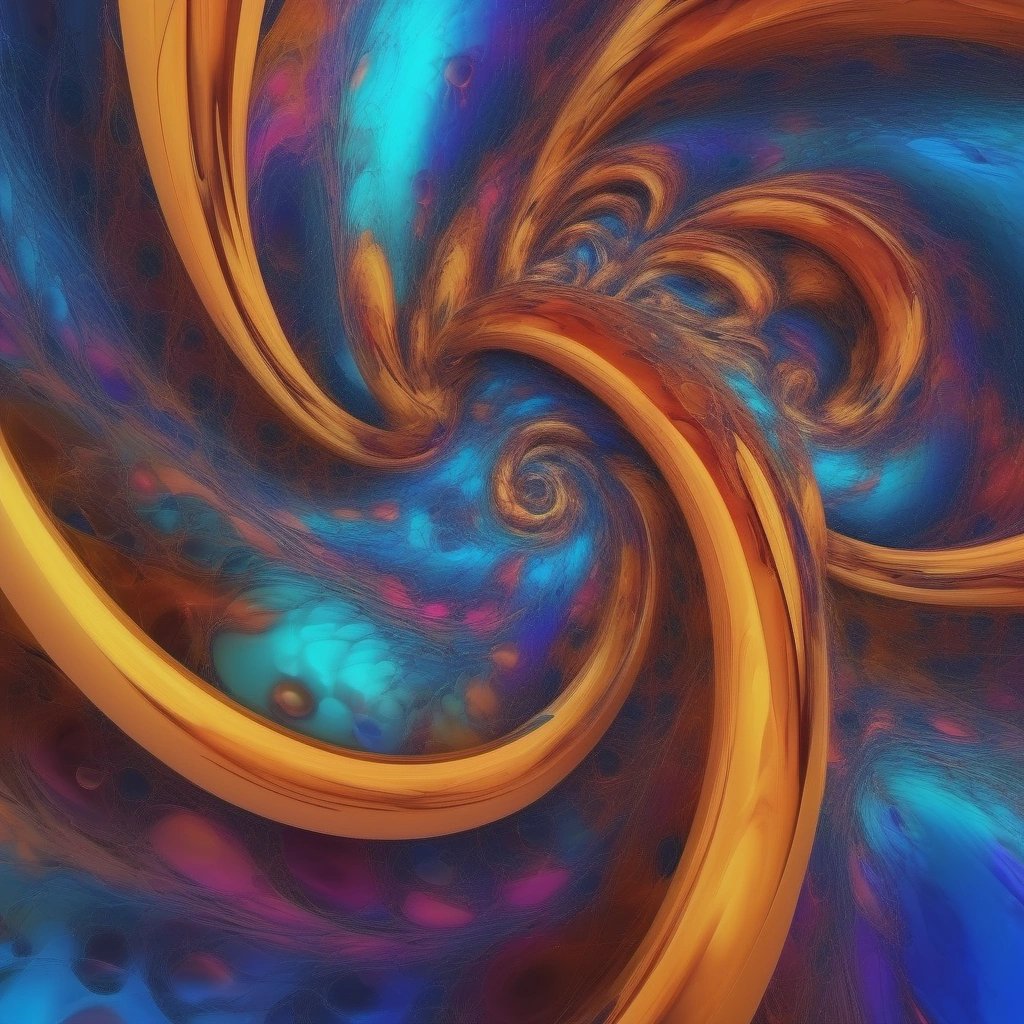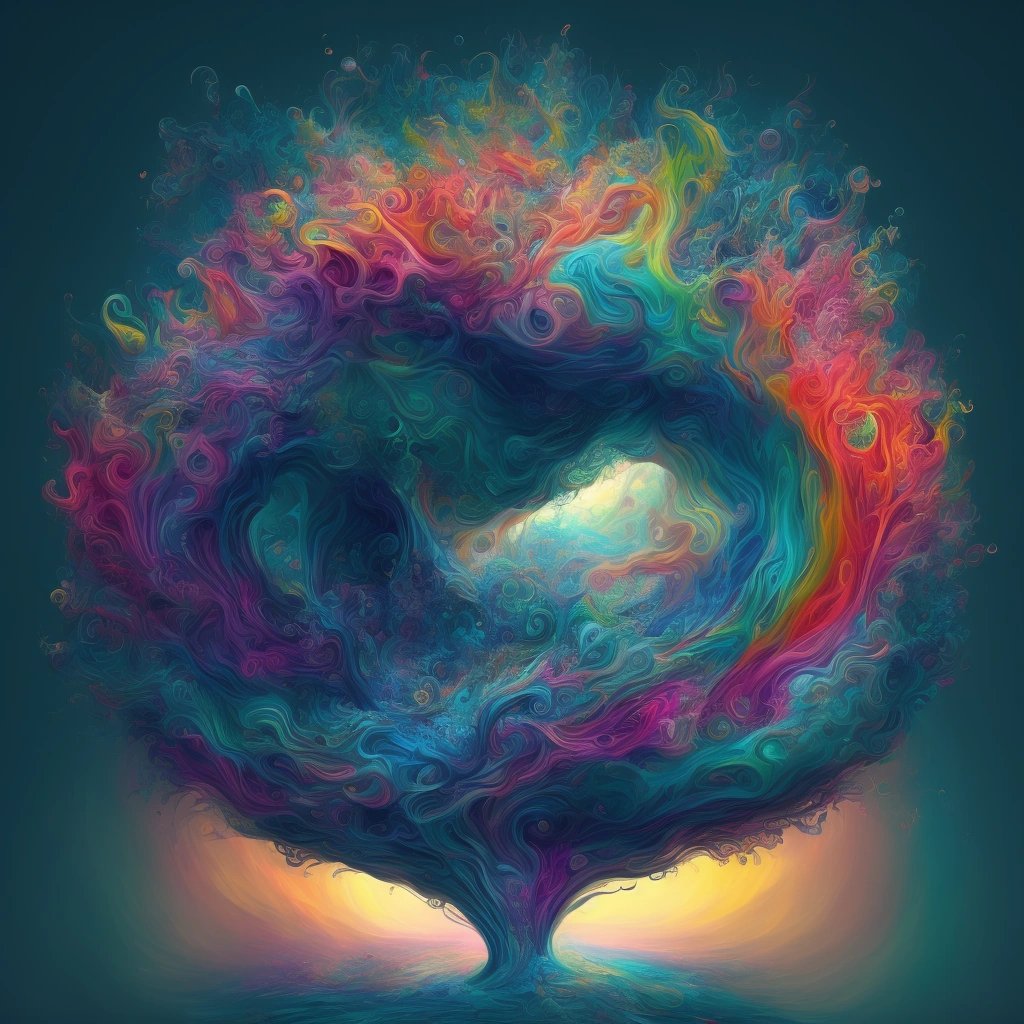Welcome, dear reader, to the head-pummeling potholes of mathematical absurdities. Prepare yourself for a thrill ride along the number line—that frighteningly continuous, abysmal line segmented into reals, rationals, integers, and natural numbers, not forgetting the gnarly back-alleys of irrationals and transcendentals. The question we must confront today, citizens, is can we count them all? Do we even dare acknowledge the ones we shudder to describe?
Let's strap ourselves in!
Buckle up because we're hurtling into a world where the set of reals absolutely, definitively includes every natural number. You heard me right! We can, with Celt-level confidence, rake them all in with a sequence we know will generate all of them. It's as simple as ringing up your ex at 2 am to mumble a breezy apology—it follows a sequence.
Now, are we stopping there? Heck, no. We take this sequence of mischievous whole numbers—beautiful in their simplicity and nuisance in their ubiquity—and turn them into agents of mathematical anarchy. With a few bijections here and there, we morph them into nefarious sets of integers, rationals, and the occasional irrational cousin twice removed. This, dear reader, is how we know these sets are countable. Every single one—a bonafide real number. They're as real as the dollar bills I've been using as bookmarks since penning these chronicles.
But what lays beyond the seeming order? What about those irrationals and transcendentals lurking in the shadows? Brace yourselves, folks, as we descend into the abyss! Irrationals like the square root of 2 are our weird neighbors who, despite their peculiarities, are strangely agreeable. They can be generated using infinite sequences structured as recurring continued fractions. It's much like the endless playlists we create on Spotify that hopelessly loop Adele's 'Rolling in the Deep' on a long, lonesomely rational day. As for the transcendentals, well, to call them tricky would be an understatement.
Their continued fractions are a mathematical odyssey, gallantly (and exasperatingly) stretching to infinity before they consider the novelty of repeating. Thanks to 'branier' than us mathematicians, we have other ways to describe them, like 4 * atan(1) as a cozy, finite description of π. It's an ode to our love for pizza, really.
Now, what sets these mavericks apart? Well, they necessarily have smaller Kolmogorov complexities than the jumbled mess we call arbitrary reals. Don't get me started on them! The fact that we can confer and likely spar about π, without involving spatulas or pizza dough, proves that it is describably finite.
The universe, much like your stubborn sibling, refuses to house an infinite description, which is why the set of describable things is countably infinite. How so, you ask? It's as if we learn to enumerate every potential apology for ever listening to Nickleback—each defined by finite symbol sequences.
Thus, unfortunate as it may seem, dear reader, there are indeed reals we fail to describe. Should we fret? Not about a specific one, no. It's slippery business, this real-world and real numbers, you see. Imagine reals stashed neatly in intervals on a set like tiny miso soups in an Asian takeout menu. All you need is to state how authentic you want it to be.
Within each interval, you'd still find an infinity. An infinity that'd ideally be closer to your desired slurp of soup than the rest. So, as we ride this uncanny roller coaster of countability, remember—it's the dough that makes Papa John's and the logic that makes numbers. An infinity within an order. Uncountable senses within countable nonsense. Truly, a mathematical absurdity! Welcome to the Countability Chronicles, folks!


